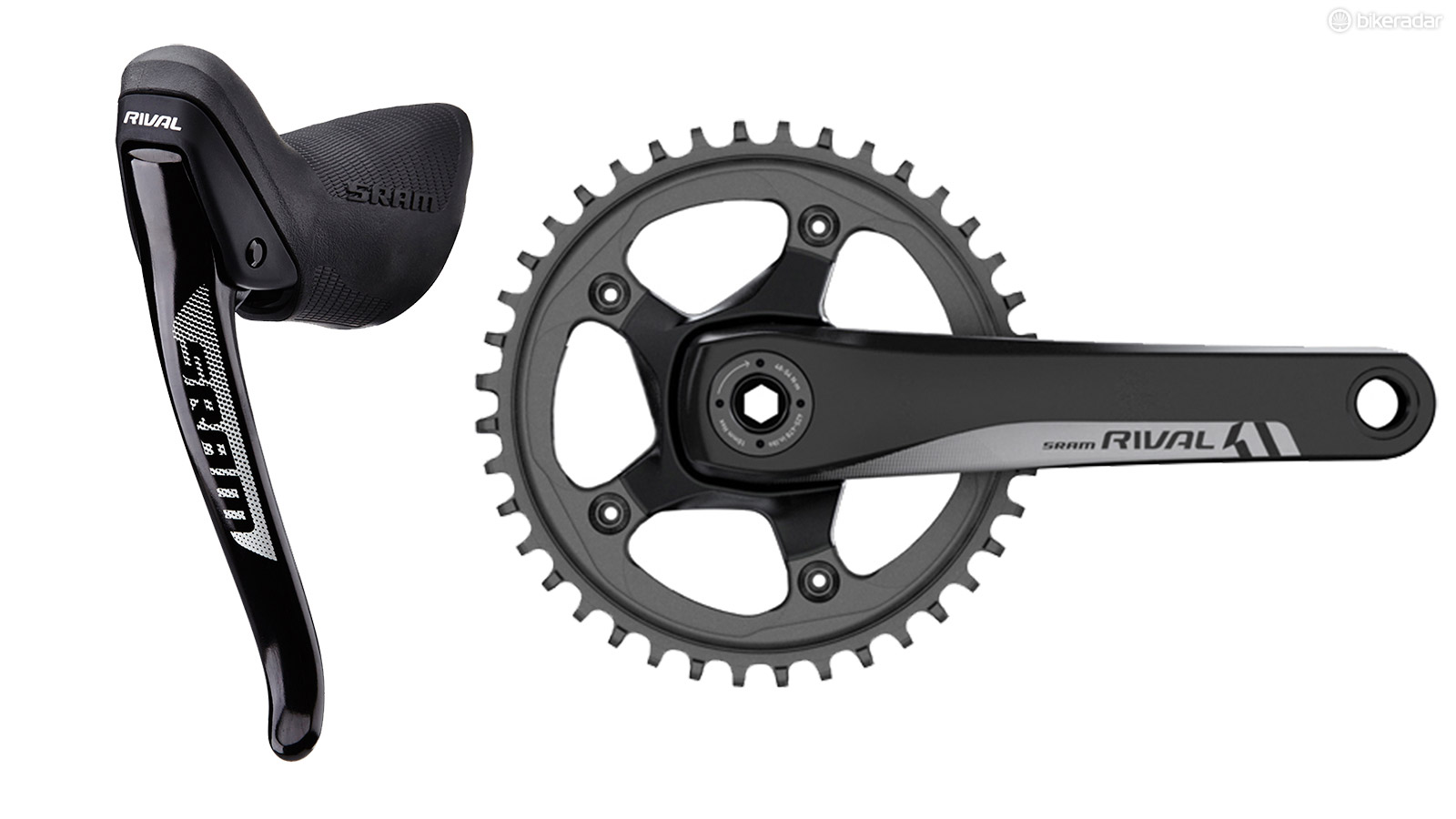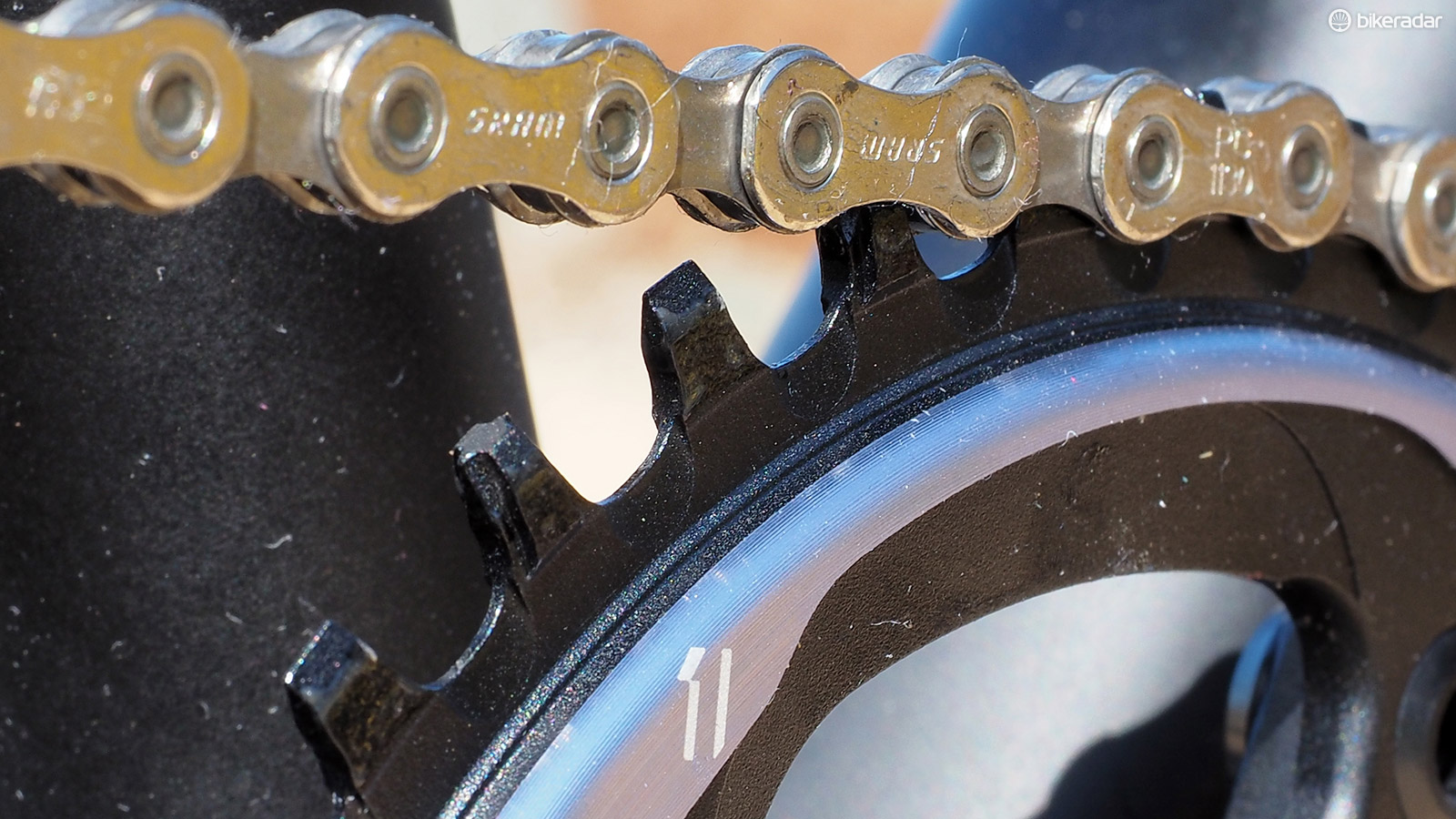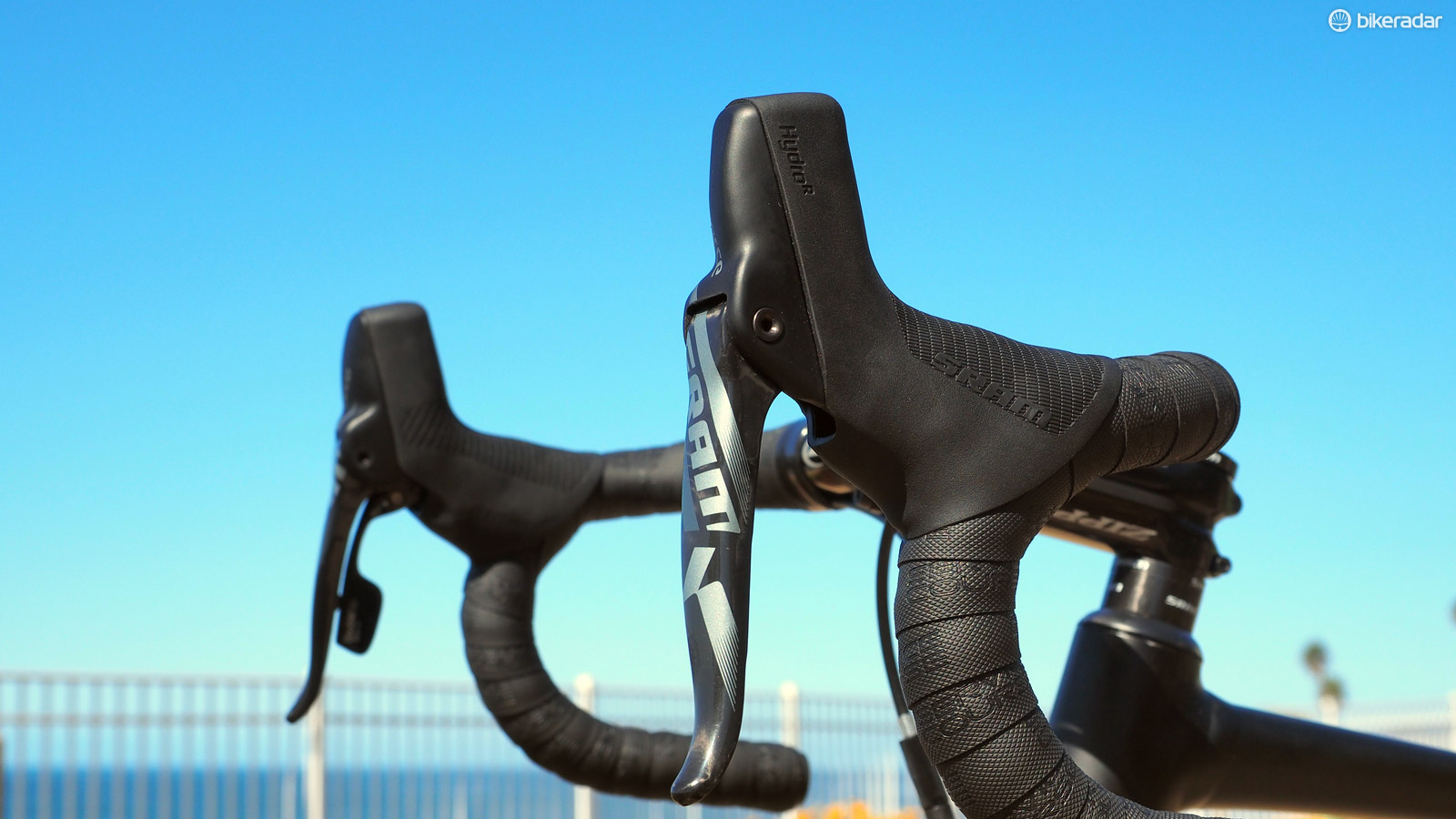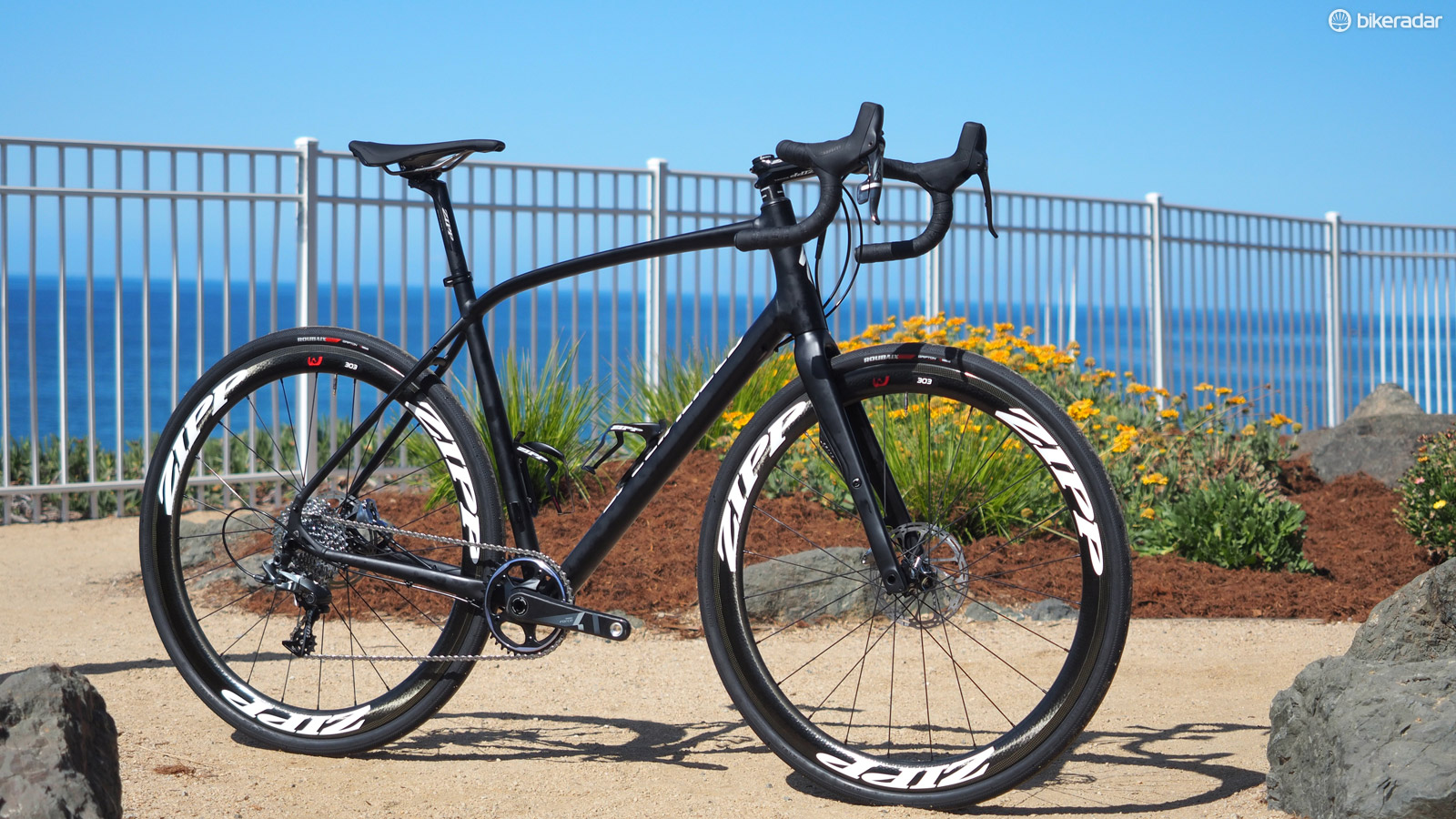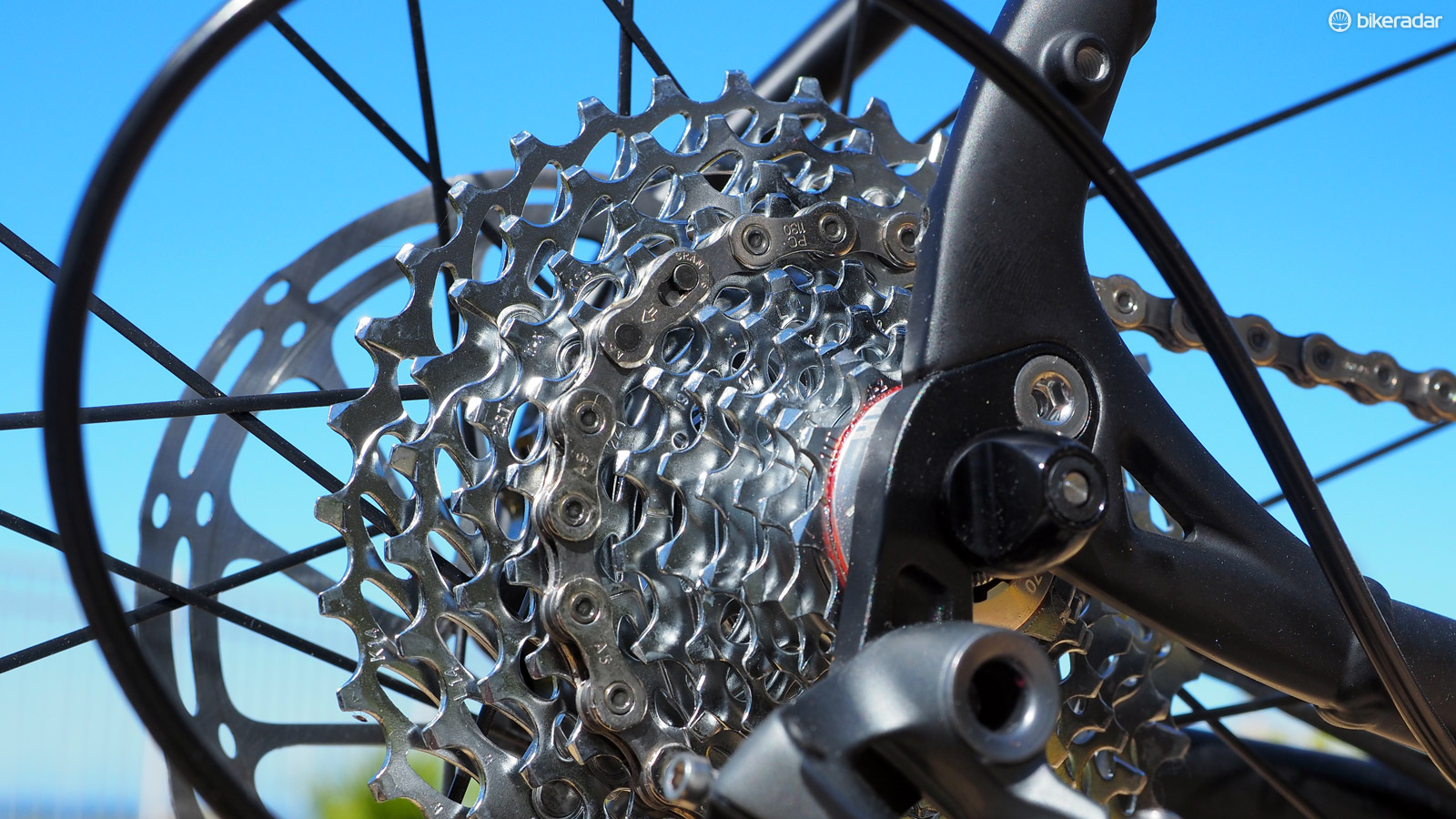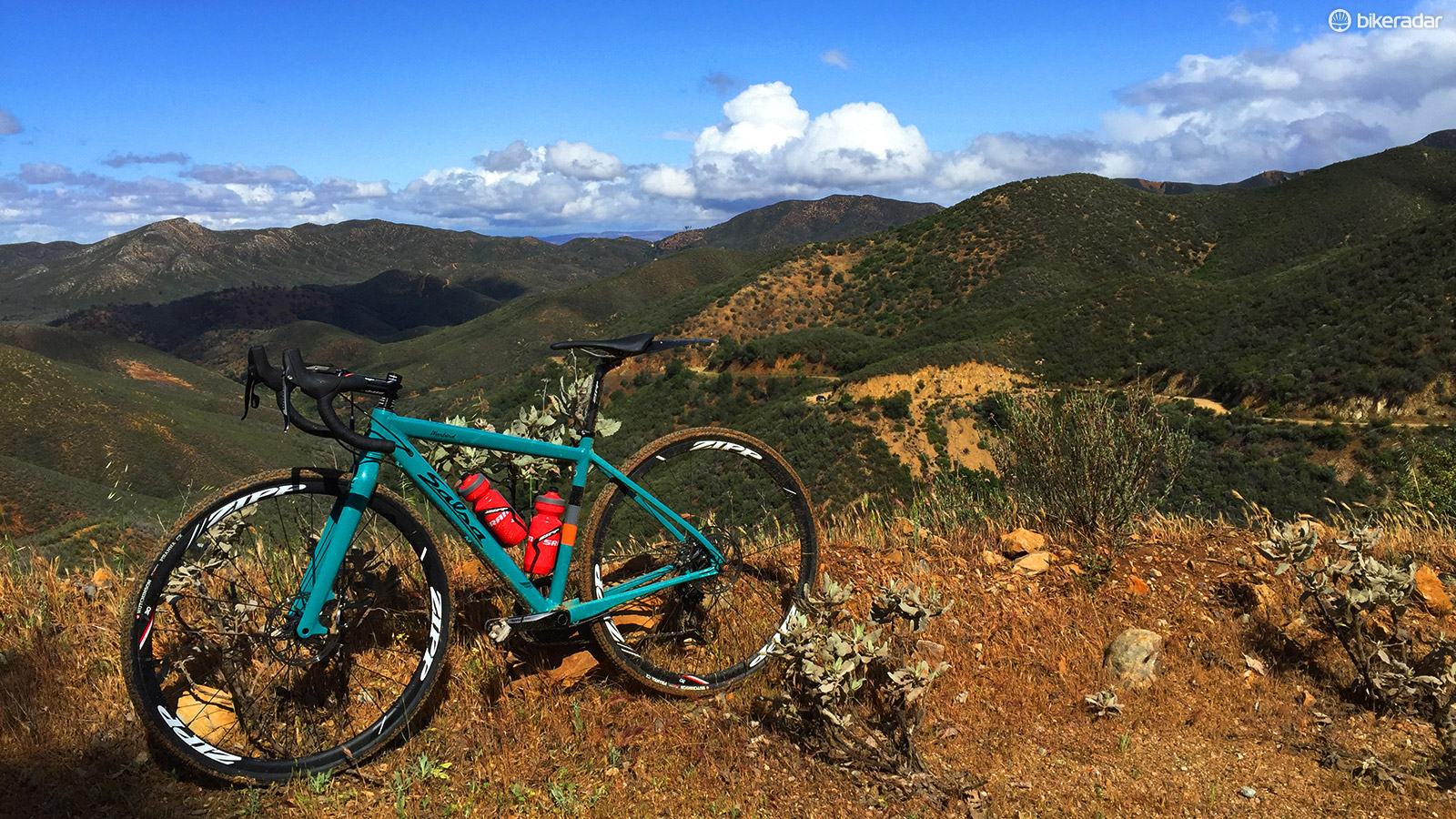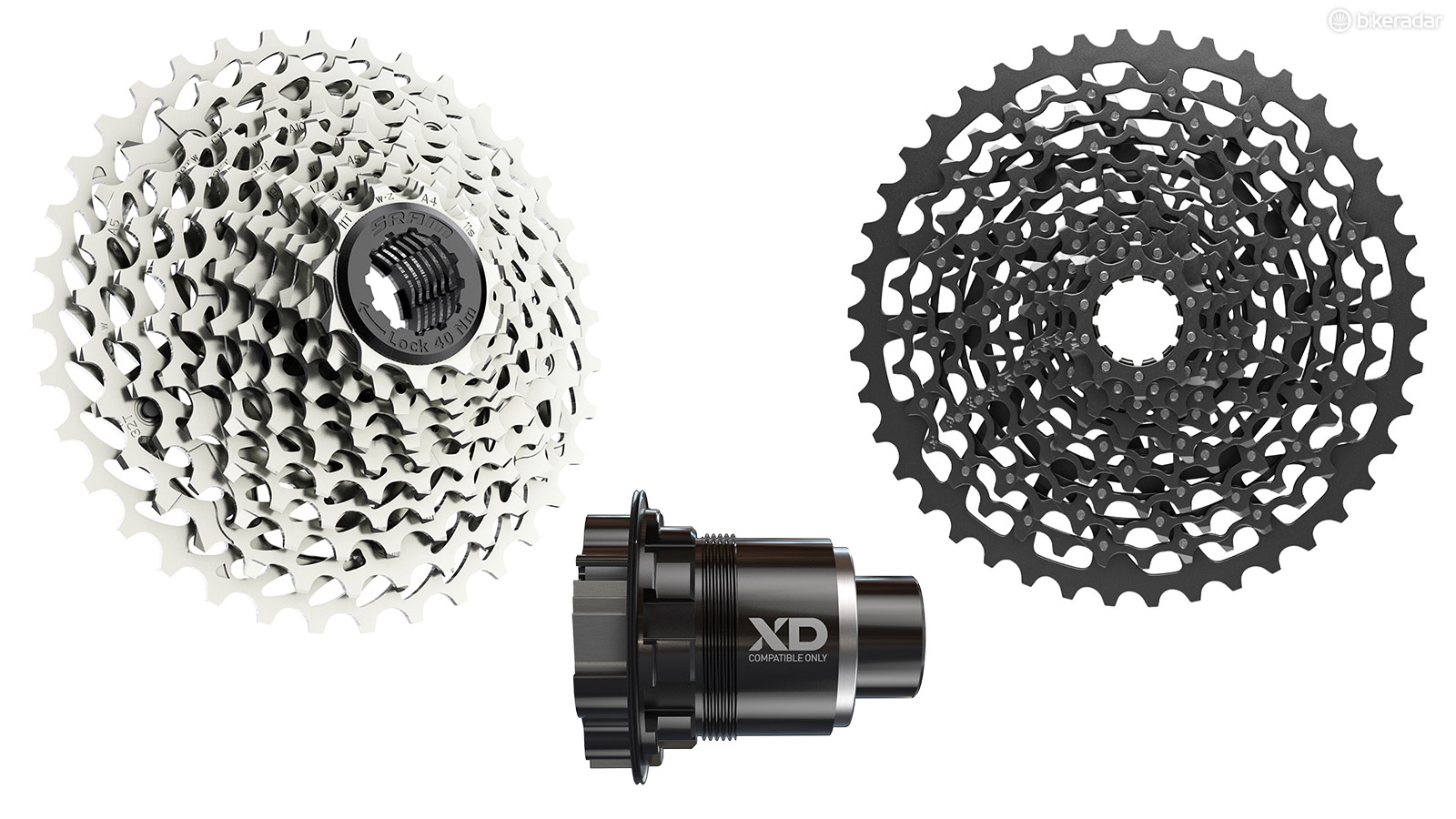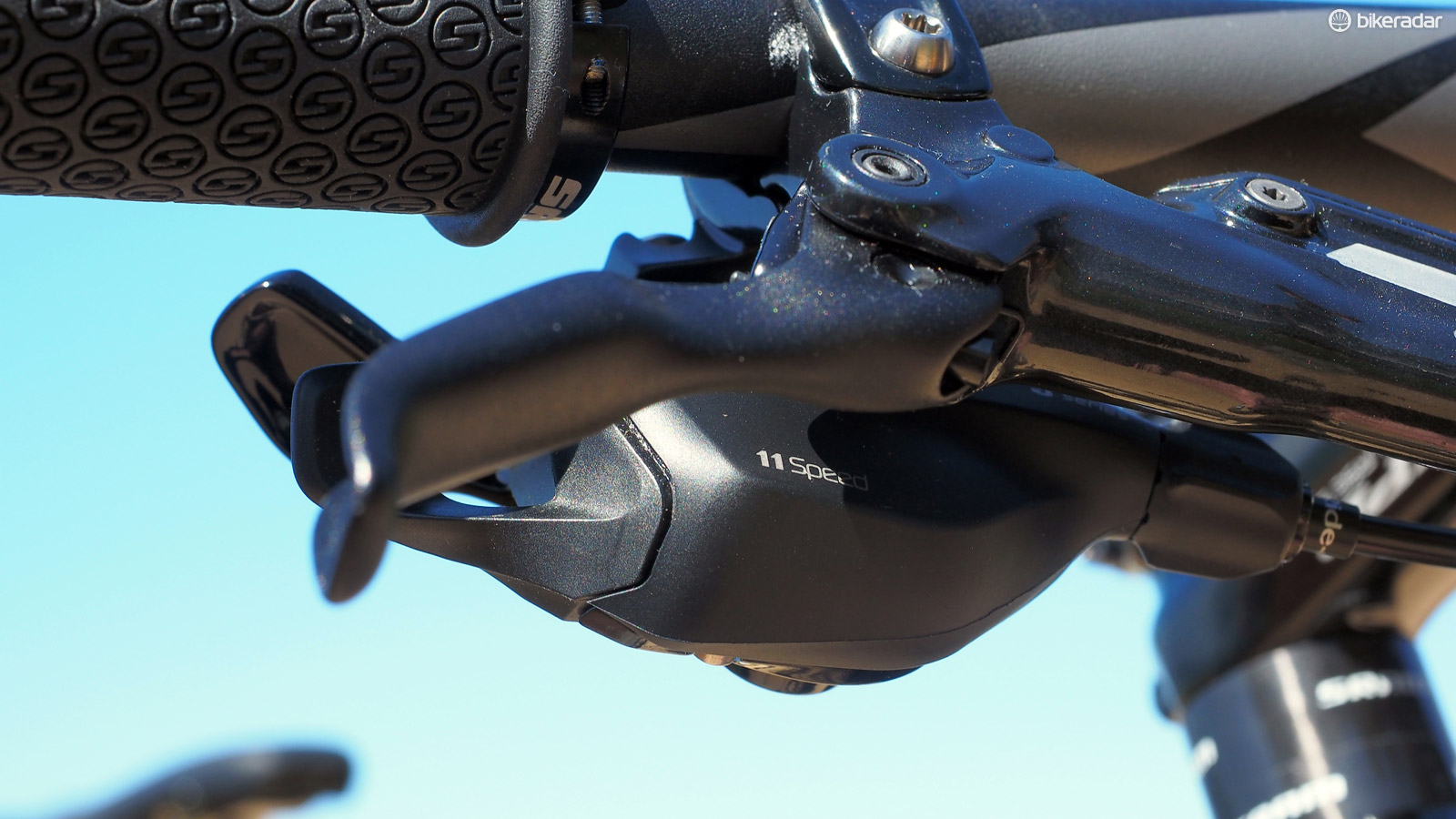SRAM brings 1x to the road with new Force 1 and Rival 1 groupsets
Claimed better reliability and simpler operation for road, CX, gravel, fitness, and adventure riders
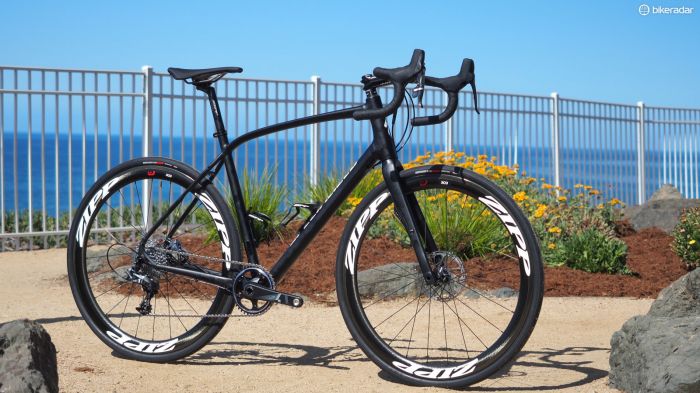
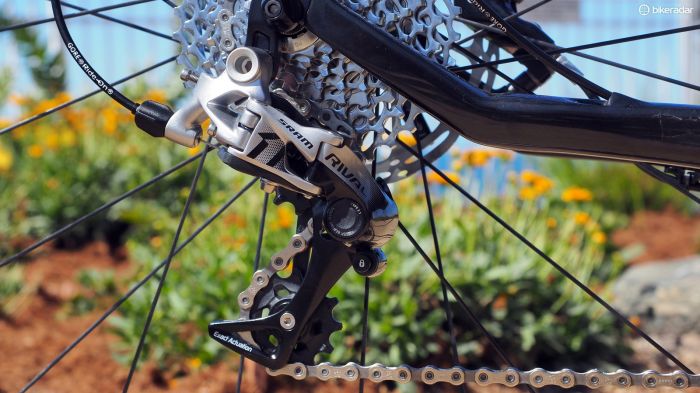
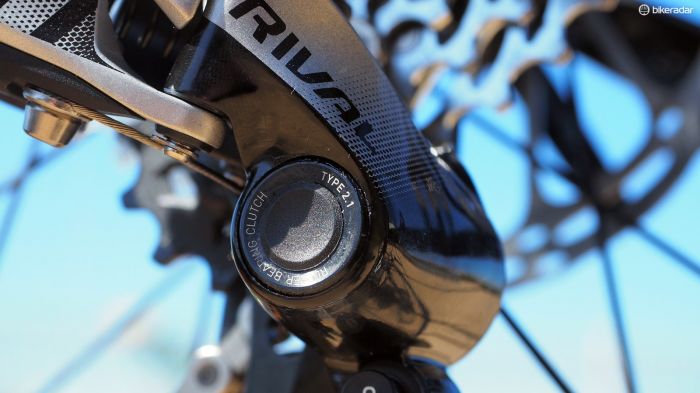
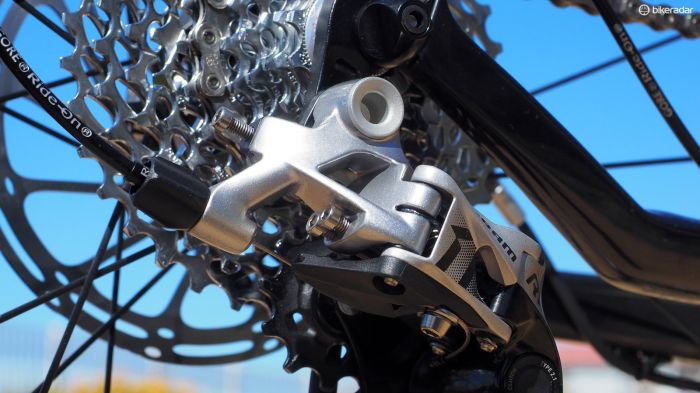
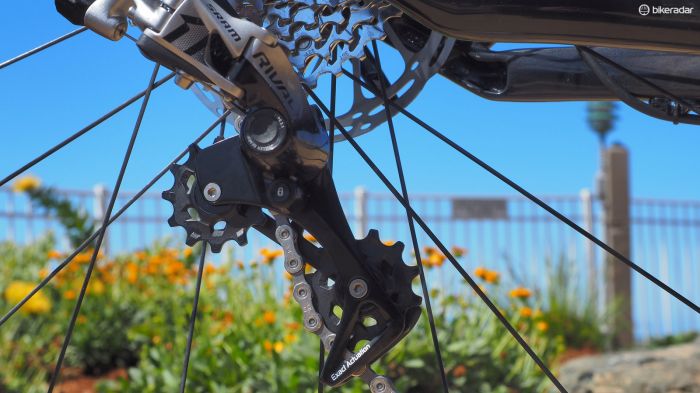
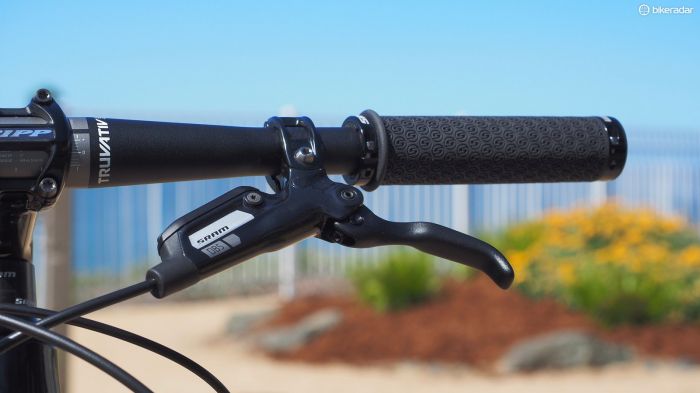
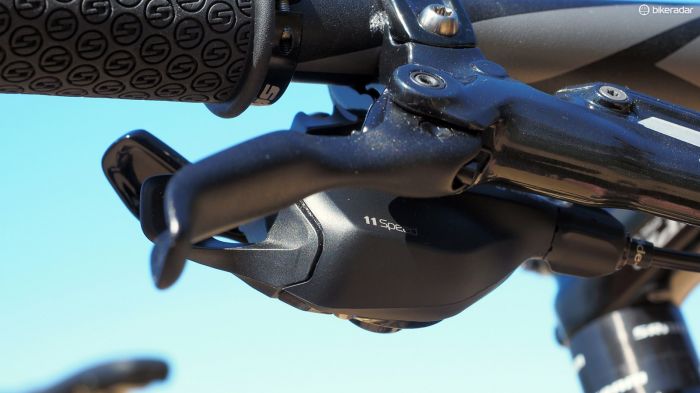
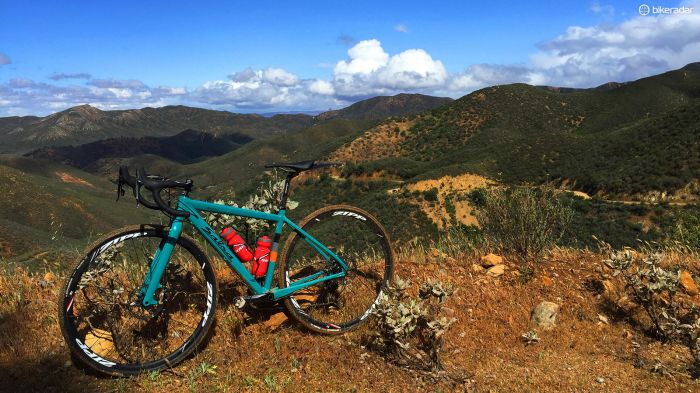
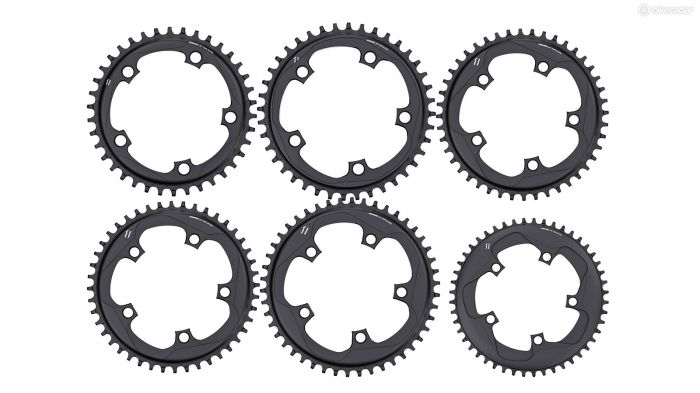
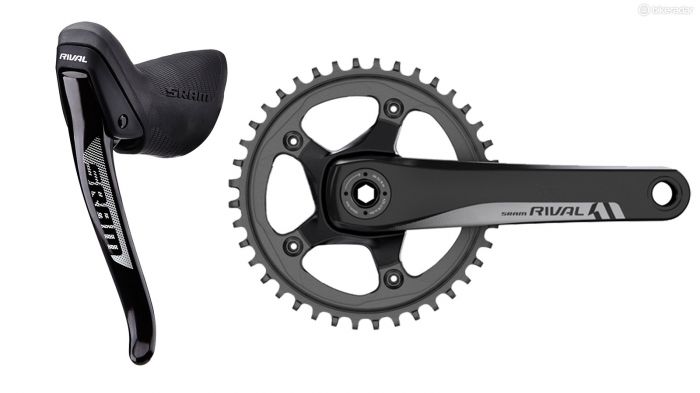
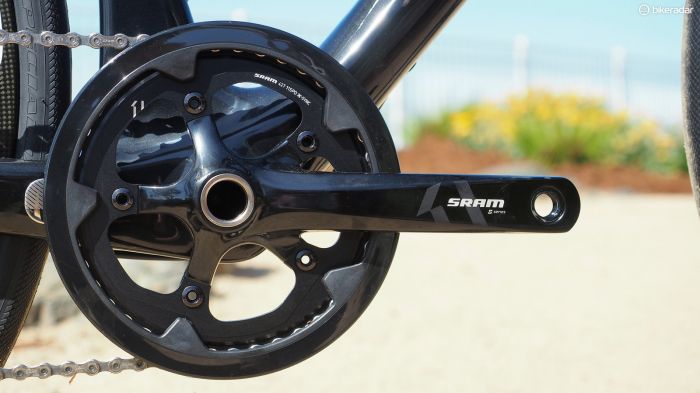
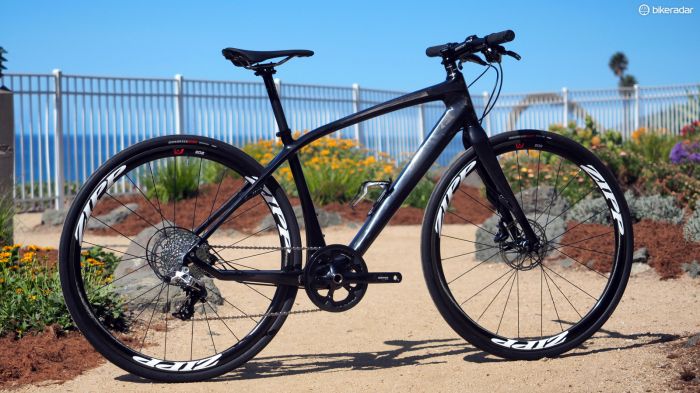
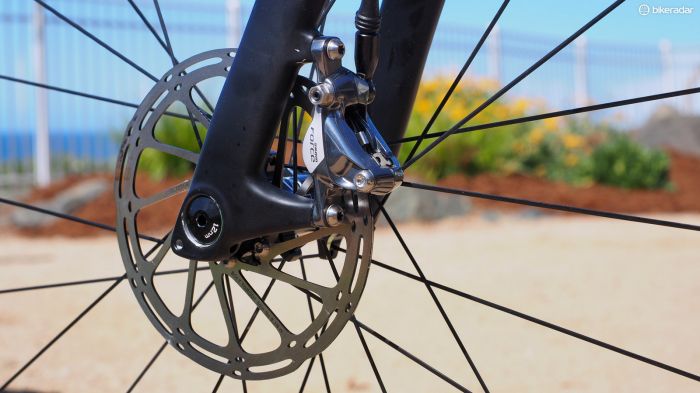
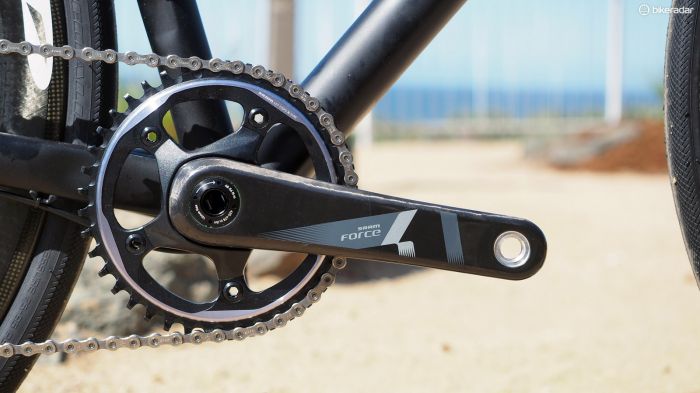
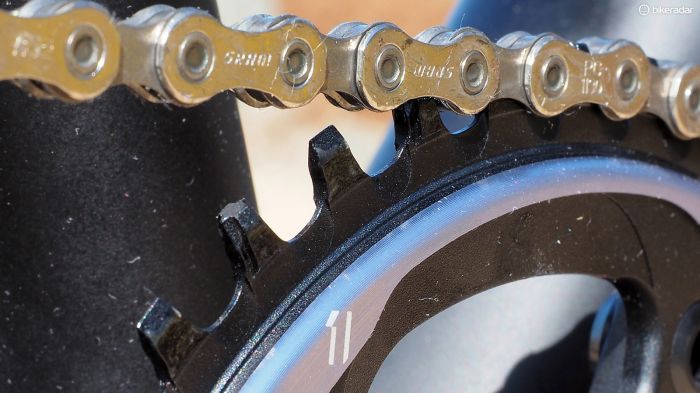

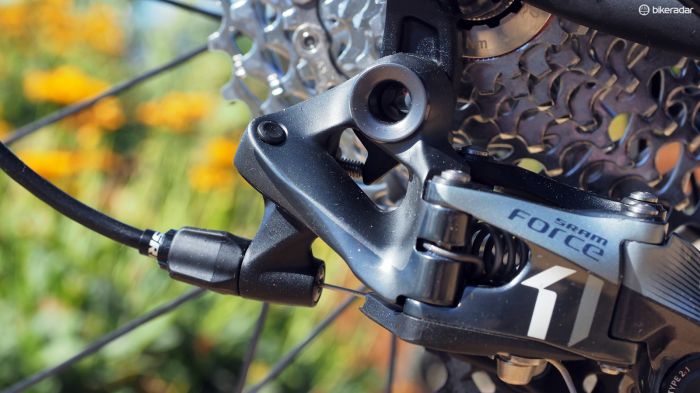
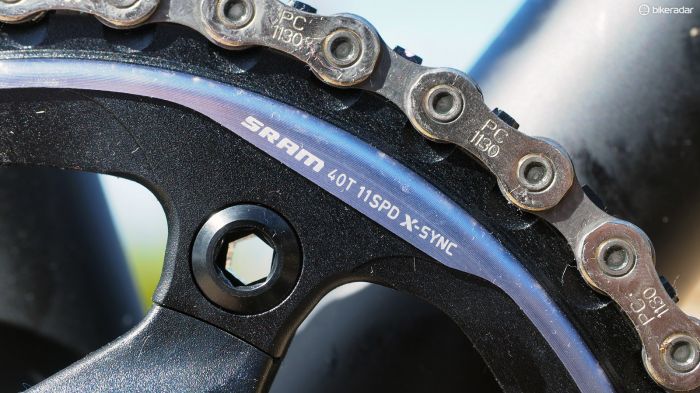
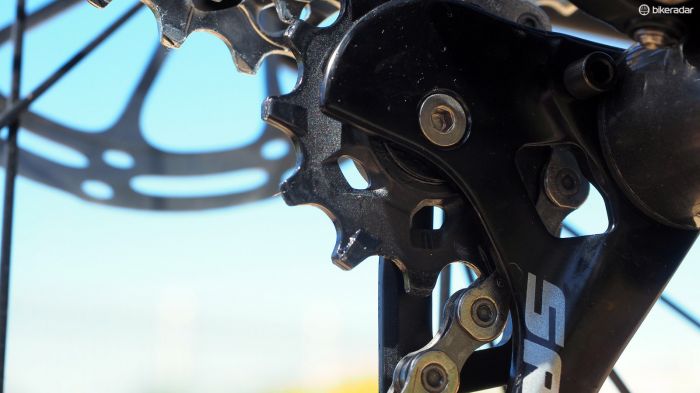
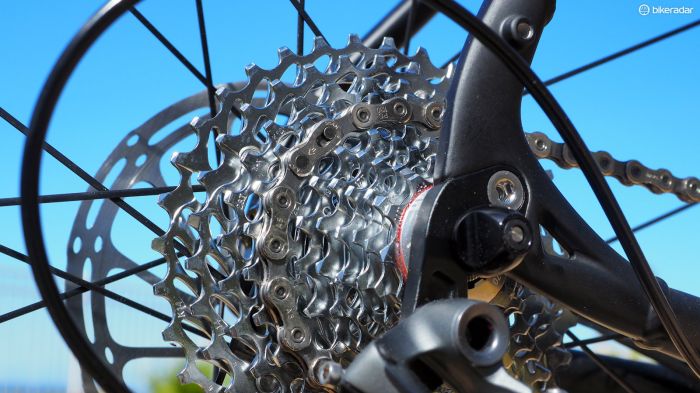
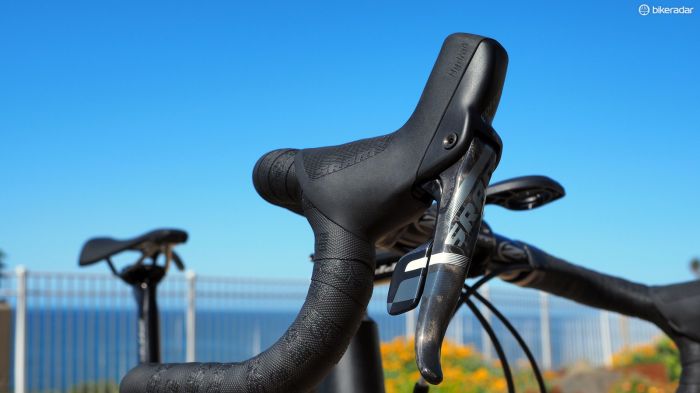
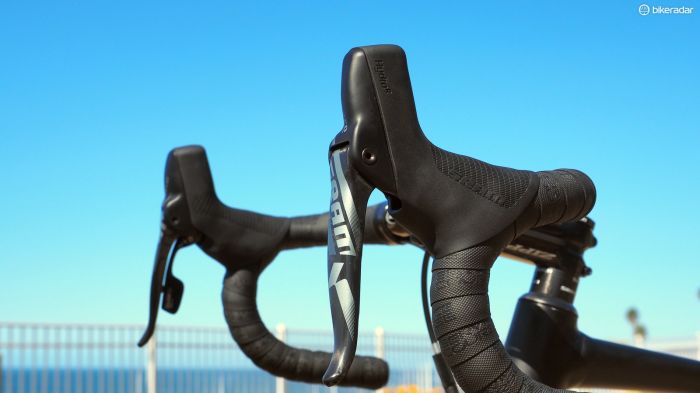
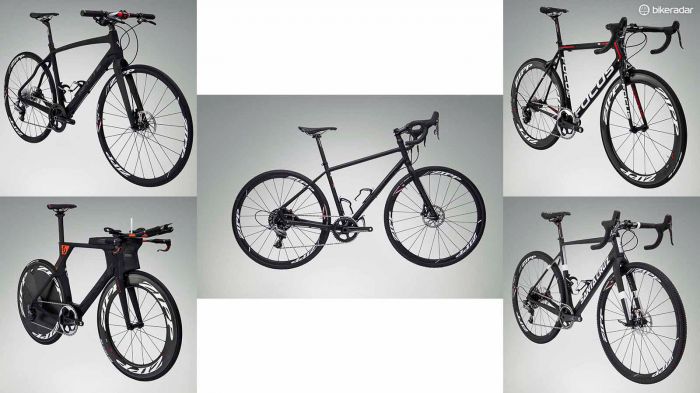
This article originally appeared on BikeRadar
SRAM's single-ring drivetrain campaign is now in its final front with the launch of the new Force 1 and Rival 1 groupsets. Aimed at road, cyclocross, gravel, and adventure riders – as well as triathletes – SRAM says the new groupsets' one-handed, sequential shifter operation will be more reliable, simpler to use, and more elegant than conventional two-ring drivetrains while still offering sufficient range for most users.
What it is
The new Force 1 and Rival 1 groupsets are essentially slight variations of the current two-chainring Force 22 and Rival 22 groups with the only modifications coming from the rear derailleur and chainrings. The crankarms and spiders are carried over (albeit with different graphics), and the left-hand DoubleTap levers are identical to their 2x cousins aside from the removed shifter internals. As before, there will be lever options for the same cable actuated and hydraulic brakes.
SRAM'
The Rival 1 bits are all new but to reflect the groupset's newly broadened target audience, Force 1 just has a new official description; it's the same as the Force CX1 group that SRAM debuted last year. Functionally, Rival 1 and Force 1 are identical but the former will be slightly heavier thanks to a few material differences such as aluminium rather than carbon fibre brake and shift lever blades. The cranks will also be substantially heavier given the solid-forged aluminium instead of carbon fibre arms, and Force 1 will have a wider range of chainring options.
The new Force 1 and Rival 1 rear derailleurs are both heavily based on the XX1/X01/X1 mountain bike changers with the majority of the pieces essentially shared between them, such as the straight-parallelogram body, the 12-tooth narrow-wide pulleys, and the hugely offset upper pulley required to properly track wide-range cassettes. The medium-length cage option will handle up to a 36-tooth cassette sprocket while the long-cage one will accommodate SRAM's ultra-wide 10-42T clusters. In either case, the cable pulley used on the mountain bike rear derailleurs has been replaced with a barrel adjuster and the housing entry point has been modified to better work with typical road frame cable routing.
The latest race content, interviews, features, reviews and expert buying guides, direct to your inbox!
The SRAM Force 1 rear derailleur is identical to last year's Force CX1 unit but with updated graphics to reflect its newly broadened intended usages
Up front, the X-Sync chainrings use the same alternating narrow-wide tooth profiles as on the mountain bike groups to ensure reliable chain retention but with four new sizes to accommodate the anticipated higher speeds: 48T and 50T to fit standard compact five-arm 110mm BCD spiders; and 52T and 54T chainrings for standard five-arm 130mm BCD ones. All of those new sizes will do without the additional mud-shedding ramps used on existing 110mm BCD Force CX1 38T, 40T, 42T, 44T, and 46T chainrings since they likely won't be needed.
There will also be a new 11-speed right-only trigger shifter and a lower-priced solid-forged aluminium crankset for the fitness market.
There will be a whole bunch of new X-Sync chainring sizes, from 38 all the way to 54 teeth
Be warned that all of the omitted hardware won't jettison a huge amount of weight if you want to make the switch to 1x. The rear derailleur is quite heavy and the bigger cassettes, naturally, weigh more than their typical road counterparts. We measured a loss of just 47g when switching from a Force 22 drivetrain with 50/34T chainrings and an 11-28T cassette to a Force 1 setup with a 44T ring and 11-36T cluster. Upgrading to the ultralight (but ultra-expensive) XX1 10-42T cassette, however, would shed another 100g or so.
Those omitted parts do, however, greatly reduce the retail prices for complete groupsets.
Choosing Force 1 over Force 22 won't save a ton of weight but it does save a whole lot of money
Who it's for
From the outside, SRAM sure doesn't seem particularly fond of front derailleurs. The XX and Apex WiFLi 2x10 groups effectively killed three-ring drivetrains a few years ago and even two-ring drivetrains are becoming passé in trail/enduro and CX circles thanks to XX1 and Force CX1.
That said, SRAM product manager JP McCarthy is quick to point out that the introduction of Force 1 and Rival 1 does not mean that the company is abandoning conventional two-ring road drivetrains, nor does it think that 1x will work for everyone.
Instead, he says that the new 1x road groups merely presents another option that will particularly cater to certain niches, such as adventure riders and gravel racers who are looking to simplify their drivetrains and minimize the chance of mechanical failures, fitness riders who can benefit from a more intuitive one-handed sequential transmission, and anyone else who doesn't necessarily need the full range that a 2x drivetrain offers, such as cyclocross racers, triathletes, criterium racers, and even everyday enthusiast road riders who live in flatter areas.
The new SRAM 1x groups will obviously appeal to gravel and adventure racers looking to simplify their drivetrains but there will likely be uptake in lots of other categories, too
We've also already discovered that the new Force 1 drivetrain also makes it quicker and easier to disassemble and reassemble travel bikes.
"We're not saying that a 1x drivetrain replaces a 2x," McCarthy said. "It makes riding simpler and more pleasant."
The clutched rear derailleur will also greatly diminish chain slap, and although this hasn't been tested yet, SRAM surmises that the simplified drivetrain might prove to be a little more aerodynamic, too – particular if a frame tab can be removed from the seat tube.
Force 1 and Rival 1 may have limited appeal to traditional road riders, though, especially ones who regularly ride on highly variable terrain or are sensitive to big changes in pedalling cadence.
Compared with a conventional 2x11 drivetrain with 50/34T chainrings and an 11-28T cassette, a 1x road setup with a 44T chainring and 11-36T cassette will provide the same lowest gear ratio for climbing but you'll effectively lose the two highest ones. Conversely, switching to a 50T chainring and one of SRAM's massive 10-42T cassettes (which, it should be noted, requires a special XD driver body) will also yield the same lowest gear but will actually provide slightly more range, but at the expense of some rather large ratio jumps from sprocket to sprocket.
No matter what cassette and chainring combination you go with, there's bound to be some sort of compromise made compared with a 2x system
How it rides
We first sampled the new Force 1 drivetrain on a rather hilly ride in California's central coast region over a mix of decidedly broken pavement and rain-soaked dirt roads that were littered with wheel-swallowing soft spots and deep ruts. We've since installed a production Force 1 drivetrain and have ridden it another two times, primarily on tarmac. So far, we've been using a 11-36T cassette throughout but a mix of 40T and 44T chainrings.
We've already put quite a bit of time in on Force 1 both on a mixed-terrain ride in California and on a regular road bike back in Colorado. So far, so good
Overall, our impressions are generally favourable. Rear shift quality is on par with what we usually expect from SRAM, which is to say very snappy and precise (if a bit loud). Up front, however, the X-Sync chainring seems eerily positive with a more 'connected' feel under power. Between the improved chainring-chain engagement and the clutched rear derailleur, the drivetrain is also gloriously quiet.
The bigger ratio jumps between each cassette sprocket don't disrupt the pedalling cadence as much as expected; rarely did it seem like one gear was too big and the next one too small. It was impossible to overlook the missing range, however. We've spent the most time so far on a 44T chainring, which closely replicates a 34-28T combination for climbing but the 44-11T combination of the 1x setup had us spinning out at just 60km/h (37mph).
You'll want to choose your gear ratios wisely
It's also a little disappointing that each chainring attaches with the usual assortment of male and female bolts, plus an extra set of spacers. We would have much rather preferred that SRAM had created a dedicated 1x spider with built-in threads like on its 1x mountain bike cranks; as it is, there are far too many little bits to juggle. In fairness, this will only be an issue if you anticipate swapping chainrings regularly.
Nevertheless, we plan on spending more time on our production test setup in the coming weeks and months so we'll have a full review soon.
Why it matters
Regardless of what you might personally think of the 1x road drivetrain idea right now, you can rest assured that you're about to see a whole lot of it next year. According to SRAM, Rival 1 and/or Force 1 will be used as original equipment by Trek, Specialized, Focus, Felt, Santa Cruz, Scott, Whyte, Kona, Merida, Niner, Norco, Raleigh, Ridley, Salsa, Bergamont, BH, BMC, Cannondale, Devinci, Diamondback, Eddy Merckx, Foundry, Fuji, Genesis, Haibike, Redline, Votec and at least 10 other brands – essentially everyone.
According to McCarthy, adventure and gravel riders are expected to be the most eager early adopters.
"This was the loudest request from bicycle product managers," he said. "What was really asked of us was to have a much wider range. For adventure bikes, it's one less part to potentially fail. These riders really want to keep their drivetrains as simple as possible."
We also anticipate that SRAM's new 1x drivetrains will be hugely appealing to the fitness and casual crowd given the highly intuitive nature of the single shifter. As any shop employee can attest, it's no easy matter explaining how to use a multiple-chainring drivetrain to someone that's never used it before. In contrast, it couldn't be more straightforward to teach someone how to operate the new SRAM 1x systems, at least when using the new flat-bar trigger: just push one lever for a harder gear, and the other lever for an easier one.
It's way easier to teach a new rider how to shift when there's just one lever for harder gears and another one for easier ones
Time will tell just how widely SRAM's new 1x groups will be adopted but even if they were to have no other effect than to make bikes seem less intimidating to newcomers, that would still be a very good thing.
Rival 1 and Force 1 parts should being trickling into shops starting in June with full availability expected in August.
SRAM Force 1 claimed weights and retail prices:
- Force 1 hydraulic groupset, complete: US$1,475 / £1,180 / €1,539 (GXP crankset)
- Force 1 mechanical groupset, complete: US$1,110 / £888 / €1,158 (GXP crankset)
- Force 1 hydraulic left brake lever: 431g; US$315 / £252 / €329 (including lever, caliper, hose, and rotor)
- Force 1 hydraulic right brake/shift lever: 447g; US$375 / £300 / €391 (including lever, caliper, hose, and rotor)
- Force 1 mechanical left brake lever: 119g; US$87 / £70 / €91
- Force 1 mechanical right brake/shift lever: 158g; US$190 / £152 / €198
- Force 1 rear derailleur: 261g (mid-cage); US$231 / £185 / €241
- Force 1 crankset, BB30: 542g (172.5mm, 42T); US$240-322 / £192-258 / €250-336
- Force 1 crankset, GXP: 710g (172.5mm, 42T); US$201-284 / £161-227 / €210-296
- Force 1 chainrings: 70-156g / US$82-99 / £66-79 / €86-103
- PG-1170 cassette: 366g (11-36T); US$100 / £80 / €104
- PC-1170 chain: 256g; US$46 / £37 / €48
SRAM Rival 1 claimed weight and retail prices:
- Rival 1 hydraulic groupset, complete: US$1,153 / £922 / €1,203 (GXP crankset)
- Rival 1 mechanical groupset, complete: US$688 / £551 / €718 (GXP crankset)
- Rival 1 hydraulic left brake lever: 442g; US$284 / £227 / €296 (including lever, caliper, hose, and rotor)
- Rival 1 hydraulic right brake/shift lever: 458g; US$355 / £284 / €370 (including lever, caliper, hose, and rotor)
- Rival 1 mechanical left brake lever: 130g; US$55 / £44 / €57
- Rival 1 mechanical right brake/shift lever: 169g; US$123 / £98 / €128
- Rival 1 rear derailleur: 267g (mid-cage); US$119 / £95 / €124
- Rival 1 crankset, BB30: 806g (172.5mm, 42T); US$188-196 / £150-157 / €196-205
- Rival 1 crankset, GXP: 811g (172.5mm, 42T); US$176 / £141 / €184
- Rival 1 chainrings: 72-147g / US$89 / £71 / €93
- PG-1130 cassette: 423g (11-36T); US$71 / £57 / €74
- PC-1130 chain: 270g; US$24 / £19 / €25
